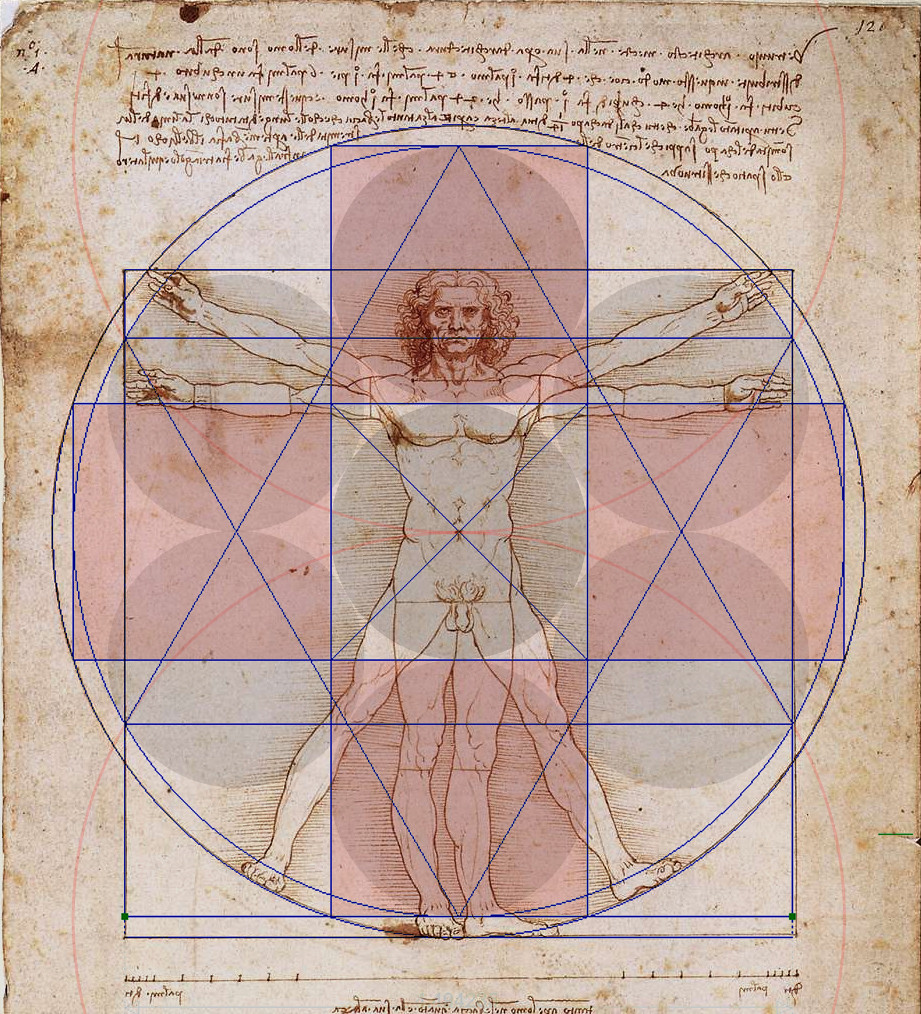Modern humans lived in East Asia some 40,000 years ago, according to DNA extracted from a male jawbone found in Tianyuan Cave, near Beijing, China. These peoples were still around some 34,000 years ago, determined by DNA extracted from a female skullcap found in Salkhit Valley, Mongolia. Stone tools and pottery from the region dated to 12,000 years ago, however, show that they were made with a different style from those found before. This puzzled researchers; there now seems to be a huge gap in the human fossil record between 34,000 and around 9,000 years ago, spanning the China Plateau area from Mongolia to northern China and eastern Russia. What happened to these groups of people?
A recent study, published in Cell, attempted to answer this question by performing DNA analysis on bone fragments from 25 individuals recovered from construction sites in Russia’s Amur region, located along the eastern edge of the China Plateau area. Radiocarbon dating showed that these individuals lived from around 34,000 years ago to around 3,400 years ago. DNA analysis revealed that the oldest specimen from the 25 individuals gathered, a female who lived around 34,000 to 32,000 years ago, was closely related to the 40,000-year-old Tianyuan male fossil. Both the Amur female and the Tianyuan male fossil were found to share 75% of their DNA with the Salkhit female fossil, showing that these three individuals were members of interrelated groups of modern humans who lived and moved across East Asia for around 7,000 years, according to paleogeneticist Qiaomei Fu of the Chinese Academy of Sciences.
However, by the end of the last ice age some 19,000 years ago—called the Last Glacial Maximum (LGM)—both genetic and fossil traces of this population of humans seemingly vanished. DNA analysis of a 19,000-year-old male from the same study suggests that a new population of modern humans appeared in the Amur region of Russia—a population more closely related to today’s east Asian populations compared to the modern human fossils described earlier. These results seemingly echo the same events that took place in Europe at around the same time: a population of modern humans that arrived much earlier, at around 45,000 years ago, seemingly replaced by unrelated groups of hunter-gatherers around 19,000 to 14,000 years ago, right at the end of the LGM. This implies that the last ice age wiped out modern human populations in both Europe and East Asia, only to be replaced by other groups later on. According to Fu, the LGM may have triggered one of those replacements, but it’s not clear what led to other population turnovers.
With this study coming to light, researchers around the world remain hopeful that further examination of these studies will further advance our understanding of the ebbs and flows of ancient human populations. Said population geneticist David Reich of Harvard Medical School: “It’s exciting to see some real parallels in Europe and Asia. […] There’s enough genomes now to show that there were real population replacements in East Asia, as well as Europe.” According to Leslea Hlusko, biological anthropologist at the University of California, Berkeley and the Spanish National Research Centre for Human Evolution: “With the ancient DNA evidence over such a long time span, these authors were actually able to test hypotheses rather than just describe patterns. […] It’s a great sign for the science of ancient DNA.”
Bibliography
- Gibbons, A. (2021, May 27). Last ice age wiped out people in East Asia as well as Europe. Science. Retrieved August 17, 2021, from https://www.sciencemag.org/news/2021/05/last-ice-age-wiped-out-people-east-asia-well-europe
- Mao, X., Zhang, H., Qiao, S., Liu, Y., Chang, F., Xie, P., … & Fu, Q. (2021). The deep population history of northern East Asia from the Late Pleistocene to the Holocene. Cell.











